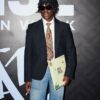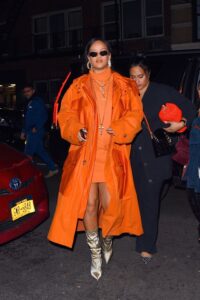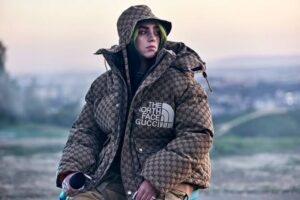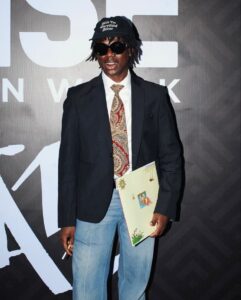Streetwear is more than just a fashion trend, it is a statement and a culture. In the different parts of the world like America, France, Japan, United Kingdom, Dubai, Nigeria, Ghana, South Africa etc., there are thriving fashion communities dedicated to enhancing the impact of streetwear across the globe. 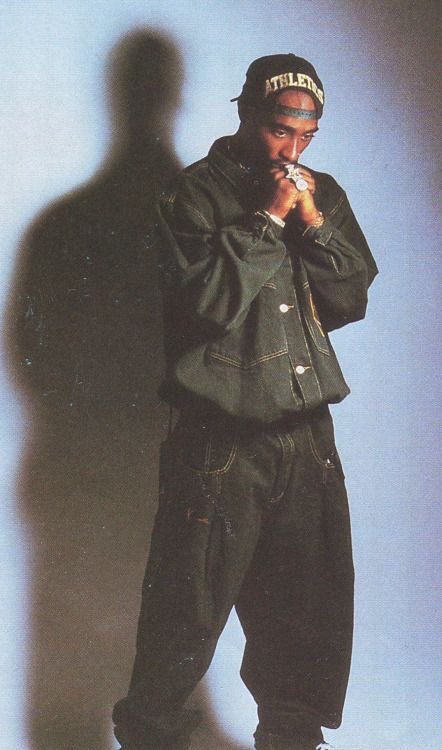
Streetwear which was once an alternative movement born on city streets and skate parks, has exploded into a global phenomenon. This evolution, however, is paved with cultural influences, shifting trends, and a constant push for self-expression.
The history of streetwear can be traced to as far back as the 20th century, the seeds of streetwear were sown in the 1970s punk scene, where ripped jeans and band tees became emblems of anti-establishment sentiment. In the 80s, California surf and skate cultures added their flavor, birthing brands like Stüssy and Thrasher that prioritized function and comfort with loose fits and graphic tees. Meanwhile, hip-hop in New York fostered a distinct aesthetic, with Kangol hats, oversized jerseys, and sneakers like Air Jordans becoming symbols of cool.
As hip-hop music gained global traction in the 90s, so did streetwear. Rappers like Tupac and The Notorious B.I.G. became walking billboards for iconic brands like Kangol and Timberland, solidifying the connection between music and fashion. Meanwhile, West Coast brands like Stüssy and XLarge embraced a laid-back surfer aesthetic, blending it with Japanese street fashion elements like patchwork and bold prints.
Functionality and comfort were paramount in these early days. Baggy jeans offered freedom of movement for skaters, while oversized t-shirts acted as canvases for bold graphic statements, often reflecting social and political messages. Brands like Supreme and FUBU further cemented this aesthetic, injecting their designs with hip-hop influences and creating limited-edition releases that fueled a culture of collecting and exclusivity.
The 2000s witnessed a pivotal shift. High fashion houses like Louis Vuitton and Chanel began collaborating with streetwear giants like Supreme and Bathing Ape, blurring the lines between luxury and casual. This era also saw the rise of “drop culture,” where limited-edition releases fueled collector frenzies and social media hype. Streetwear transcended its subcultural roots, becoming a global phenomenon embraced by celebrities and everyday fashionistas alike.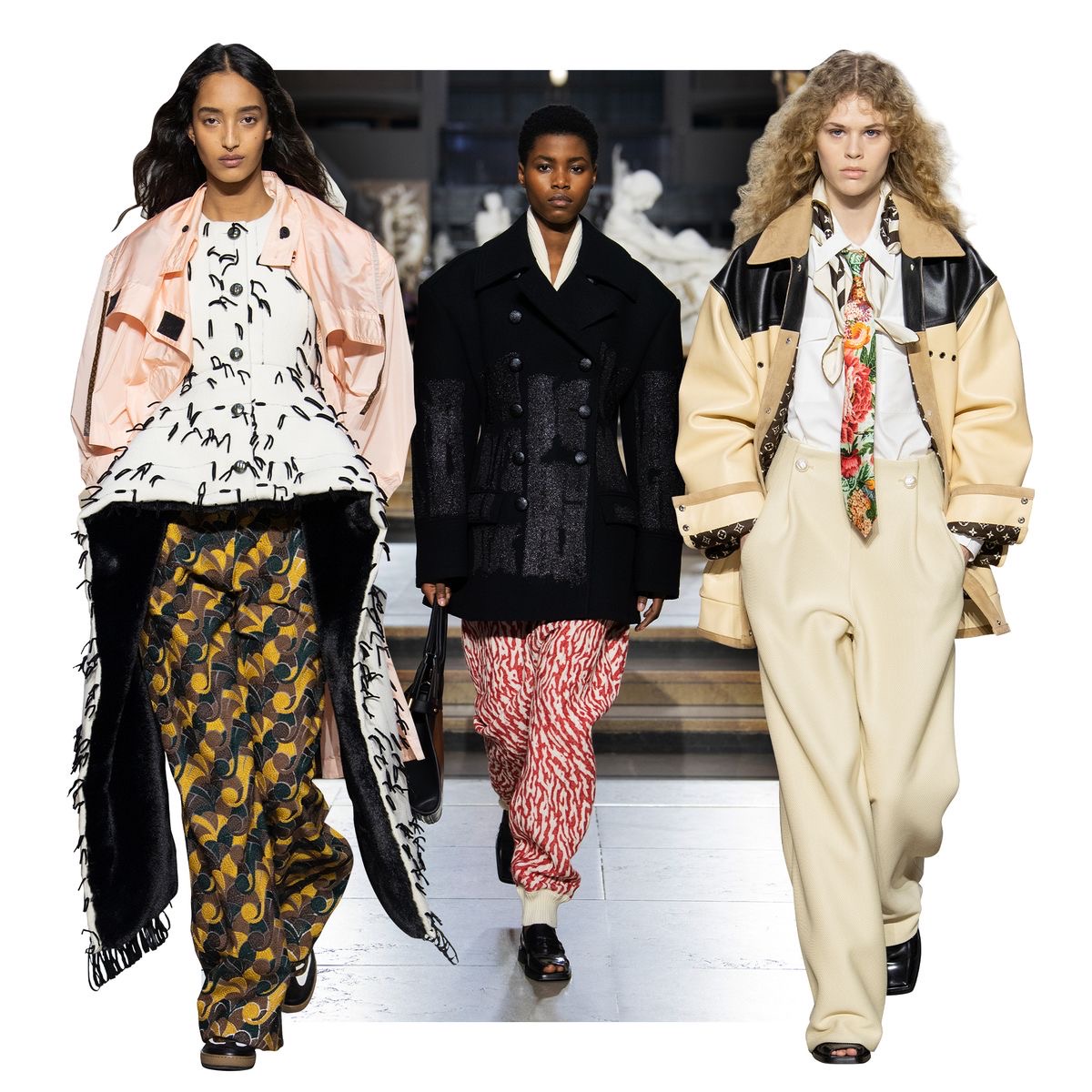
The rise of social media platforms like Instagram and YouTube provided a platform for young designers and influencers to showcase their unique styles and build communities around them. Brands like Palace and Off-White capitalized on this, utilizing online drops and limited-edition releases to create a sense of urgency and hype.
These influences have seeped across various continents and led to the rise of luxury, high fashion brands in Africa alike such as Free the Youth, Motherland, Ashluxe, Faces + Places, Phareligions Apparels etc. that are changing the fashion game in and beyond the motherland.

